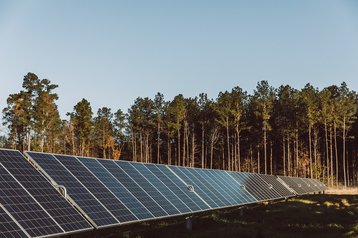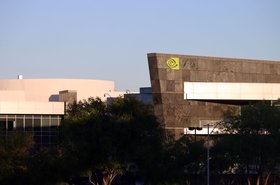Heat waves and other extreme weather events this summer could leave large parts of the electricity grids in the US and Canada short of power, a new report has claimed.
Non-profit industry monitoring association the North American Electric Reliability Corporation (NERC), made the claim in its 2024 Summer Reliability Assessment report, published on Wednesday.
“Wide-area heat events that affect generation, wind output, or transmission systems, coupled with demand growth in some areas, are contributing to adequacy risks for resources and transmission,” NERC said.
Areas particularly at risk include Texas and the Midwest, both of which are home to sizeable data center markets.
While these areas are judged to have adequate supply under normal circumstances, NERC said they at “elevated risk” of energy emergencies during extreme conditions.
“In addition to demand growth and extreme weather events, this is due to recent generator retirements, wind generator performance, drought, and unplanned outages (or a combination of these factors), which may result in insufficient reserves,” it said.
For Texas, where solar power makes up an increasingly large portion of the resource mix, the risk of electricity supply shortfalls occurs in the late afternoon and evening hours as solar output is diminished, but demand remains high, NERC explained.
But NERC said there is cause for optimism too, with 25 GW of additional solar capacity having been added to the grid since last year and helping ensure supply remains reliable in normal conditions. However, energy risks are growing in several areas when solar, wind, and hydro output are low, the report warned.
Mark Olson, NERC’s manager of reliability assessments, said data centers are partly to blame for the growing pressure faced by the grid.
“Demand is growing in many areas at a rapid pace with the adoption of electric vehicles and construction of new data centers, straining some parts of the system,” Olson said.
“Adequacy concerns in growth areas are being partially mitigated by new firm transfer agreements, growth in demand response, and postponed generator retirements.”
The power used by data centers is increasingly coming under the spotlight as more high-density digital infrastructure is built for AI products and services.
Last week, Digital Bridge’s CEO Marc Ganzi predicted data centers would run out of power in two years unless transmission and distribution challenges are solved.
To help address the problem in the US, the Department of Energy has proposed a series of national interest electricity transmission corridors; areas where it could be made easier to build new power infrastructure thanks to additional funding and relaxed planning laws.






